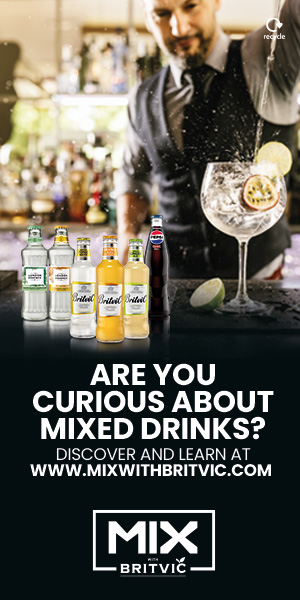Scotland remains a major market for cider, writes National Association of Cider Makers chair Paul Bartlett

A YEAR ago my predecessor at the National Association of Cider Makers, Henry Chevallier, identified the success of cider as the best-performing drinks category for nearly a decade.
For me, the question is: is this still true?
Whilst consumers are still very cautious about their spending, especially in the on-trade, it looks like the cider category remains in good cheer – continuing to drive innovation and investment and, in doing so, creating interest for consumers and opportunities for retailers.
Cider makers generally believe the glass is ‘half full’ and their innate optimism is typically welcomed by pub and bar operators.
However, it is important that the previous and present good work and investment of the industry is sustained, even encouraged by government and others.
Ours is an industry that considers the long-term and, as such, has a genuine commitment to work towards ever more sustainable practices; to reducing the harm caused by the misuse of a minority; and to continue to support the rural communities we are a part of.
As a feature of this, and given the transformation in the cider category in the last decade, we have created a series of graphics that illustrate the scale, features and priorities of cider makers (available on our website at www.cideruk.com).
We are using this and other material in our engagement with interested groups, including the Scottish Government and also in Westminster.
Even with the growth that has been delivered in cider it remains a relatively small category – just 9% of total alcohol.
We are always keen to stress that in order to consolidate the progress we have made and to enable us to do even more, we need stability and certainty – and continual above inflation increases in duty are simply unhelpful.
With the duty escalator abandoned, in a modest way, for beer it means there is a degree of hope that we can press the case for restraint and stability and in doing so give confidence to cider makers that their investment plans are worth executing.
The consequence will be that this work by cider makers will benefit the on-trade in Scotland, and in the rest of the UK.
It is recognised that Scotland is a major market for cider – and the place first to embrace the innovation and investment that helped to establish new brands. Investment by cider brands in Scotland is high. For example, Scottish football is a big beneficiary with Magners and Blackthorn sponsoring Celtic and Rangers.
As well as a willingness to consider new products, different serves or flavours and other ideas, Scottish consumers readily consider the quality and provenance of their food and drink.
This adds another strand to the growth – past, present and future – of cider and is evident also in quality spirits and cask beers.
An element of this may well be the exciting work being done by a number of producers to explore the many exceptional matches of cider with different foods.
This, I believe, is an area where on-trade retailers can develop an interesting area of activity through menu suggestions, themed events, and creating reasons to both visit the pub and spend more.
So I think we will see cider makers continue to value and champion the Scottish on-trade market and to invest in product development, outlet support and consumer communication to build their presence in an increasingly crowded marketplace.
I also expect the enterprising retailers and operators in Scotland to continue to embrace this work, and keep driving the success of the cider category as a result.
• Paul Bartlett is chair of the National Association of Cider Makers.
Image – Paul Bartlett said cider is on the up.



















